Bruce Davidson Michelangelo Antonioni and actress Daria Halprin during the making of "Zabriske Point." California. USA. 1968. © Bruce Davidson | Magnum Photos
Bruce Davidson During the filming of "Zabriskie Point," directed by Michelango Antonioni. California. USA. 1968. © Bruce Davidson | Magnum Photos
"Rather than hone in solely on Zabriskie Point’s most cinematic moments, Davidson quietly engages himself in conveying his own behind-the-scenes take on the filmmaking process, often including equipment in the shots to striking effect"
-
Bruce Davidson During the filming of "Zabriskie Point," directed by Michelango Antonioni. California. USA. 1968. © Bruce Davidson | Magnum Photos
Bruce Davidson Actors Mark Frechette and Daria Halrpin during the filming of "Zabriskie Point." California. USA. 1968. © Bruce Davidson | Magnum Photos
"Up-close portraits of Antonioni, meanwhile, as he squints through viewfinders and gesticulates wildly to his cast, further attest to Davidson’s aptitude for blending seamlessly into the woodwork"
-
Bruce Davidson Italian film director Michelangelo Antonioni during the making of "Zabriskie Point." California. USA. 1968. © Bruce Davidson | Magnum Photos
Bruce Davidson During the filming of "Zabriskie Point," directed by Michelango Antonioni. California. USA. 1968. © Bruce Davidson | Magnum Photos



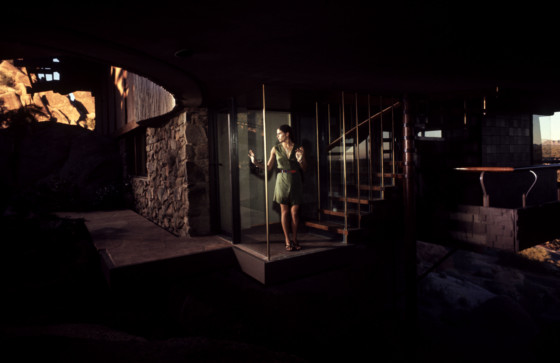

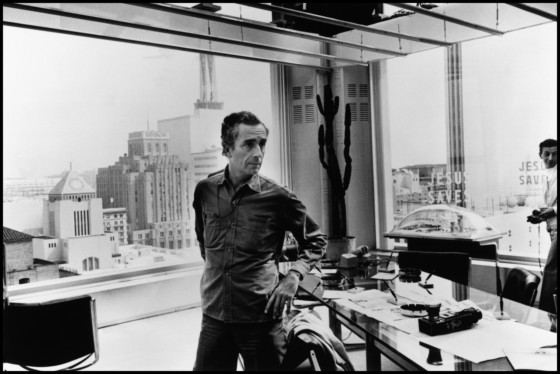
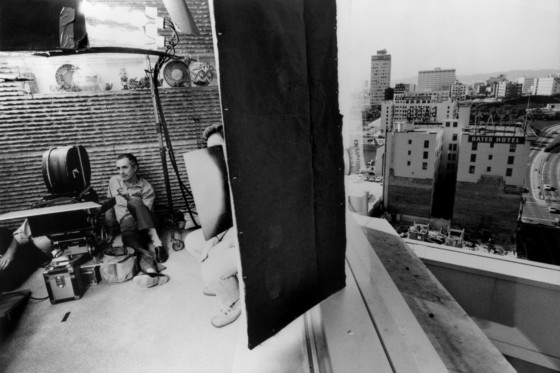
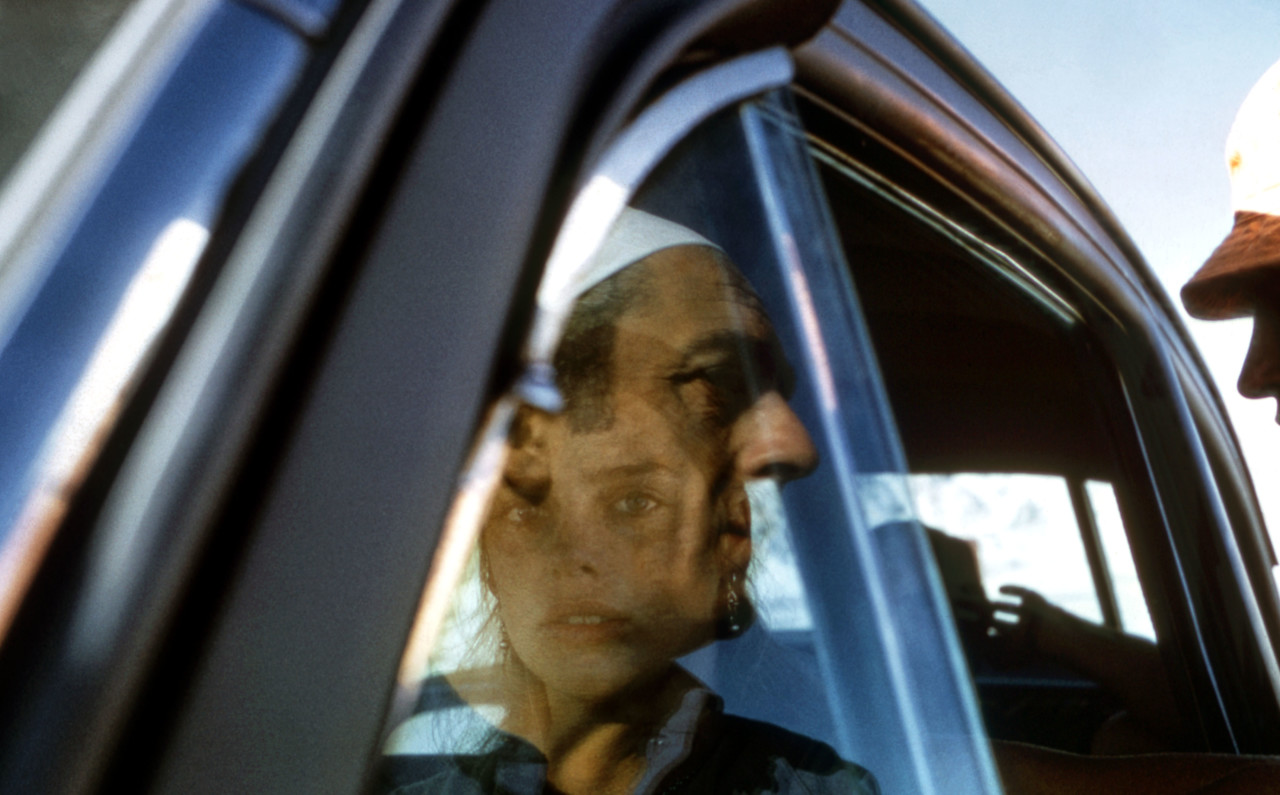
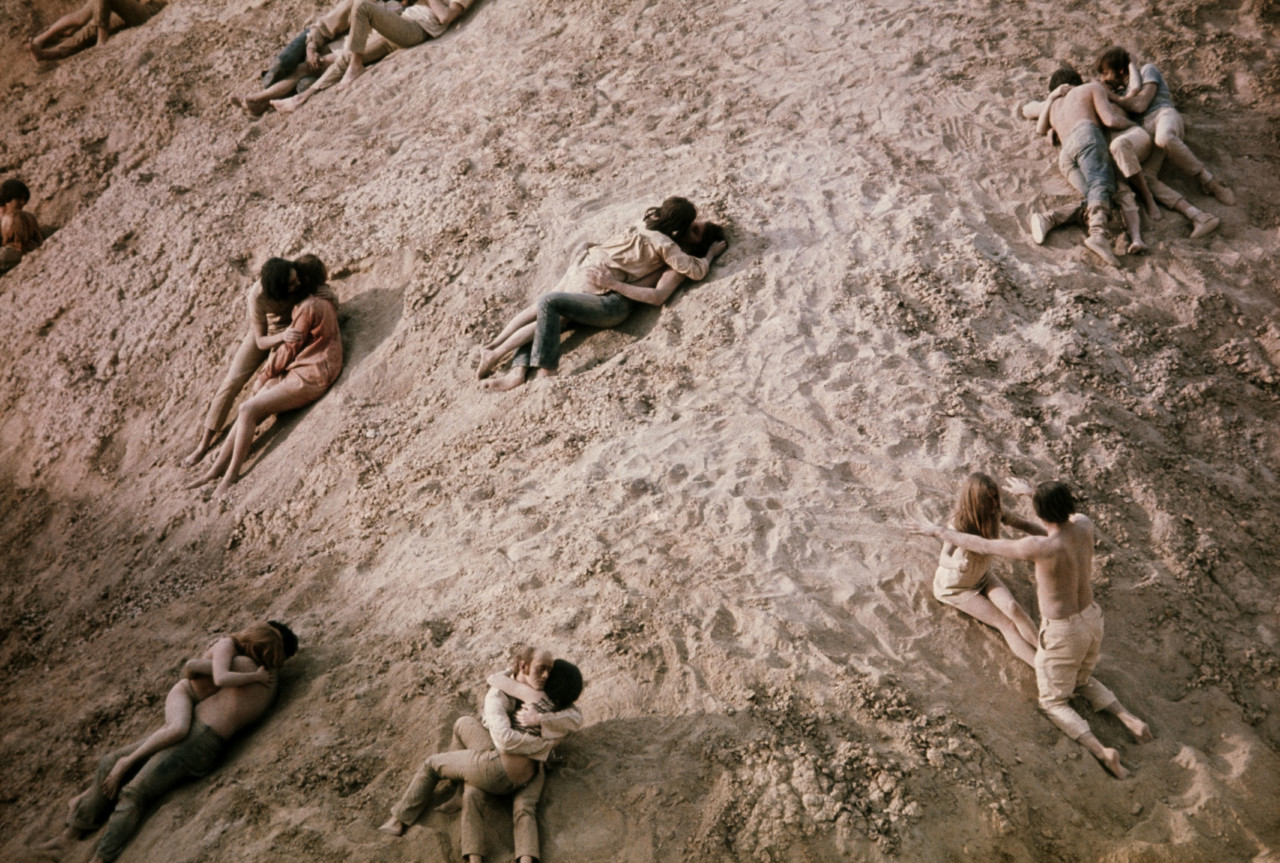
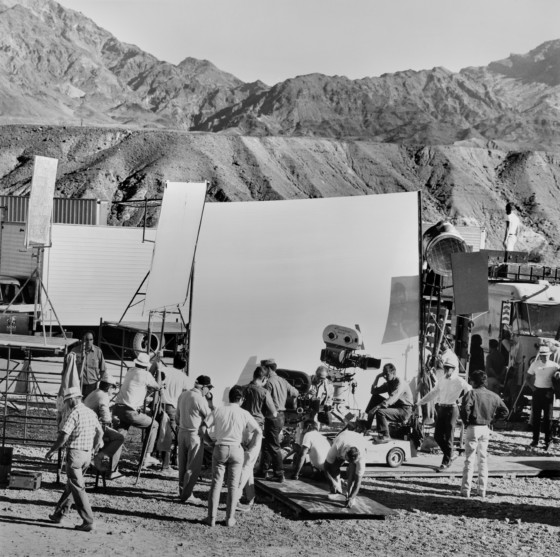
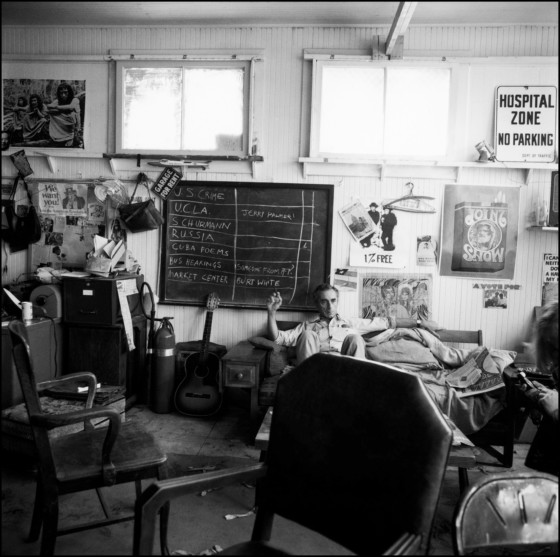
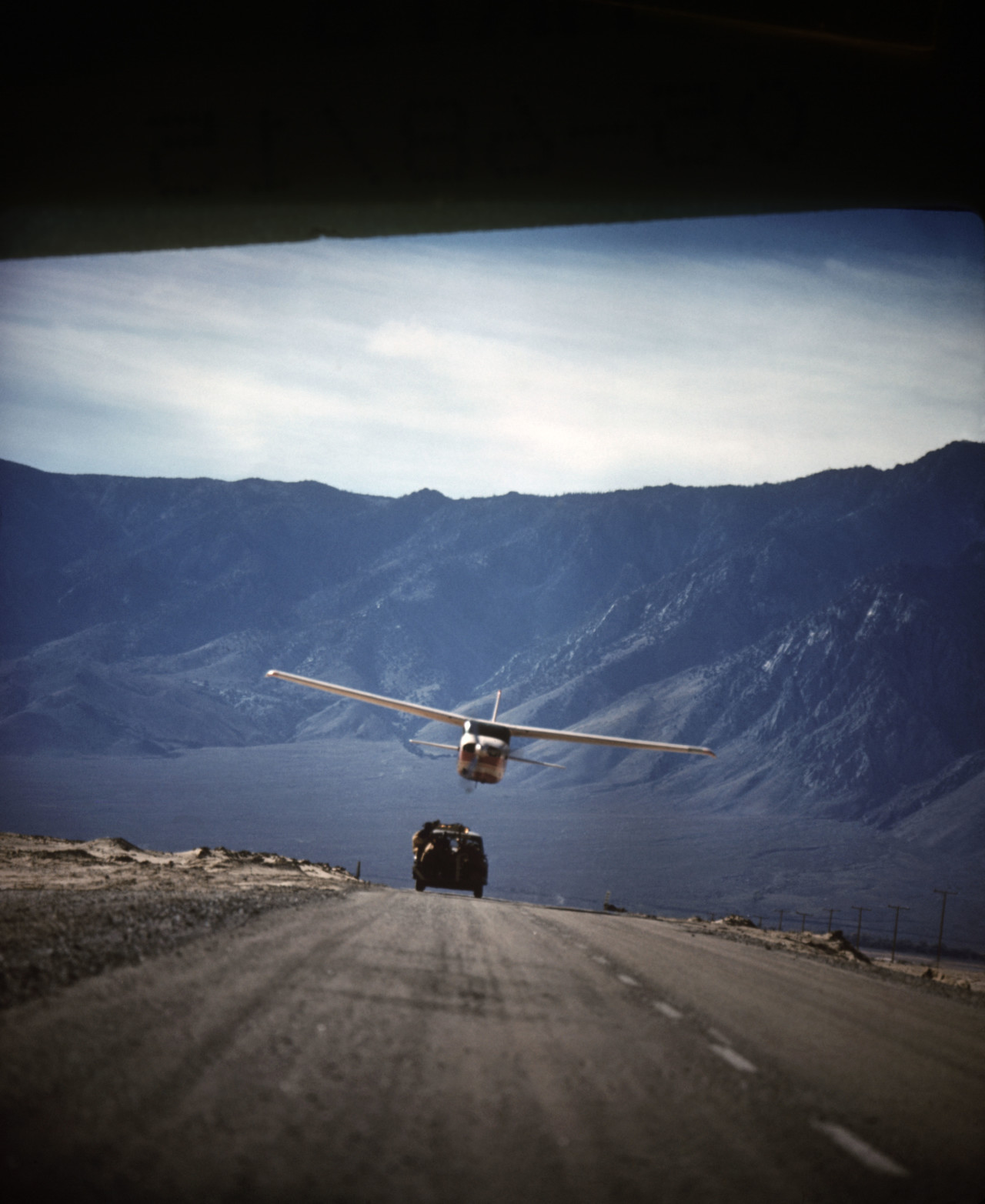

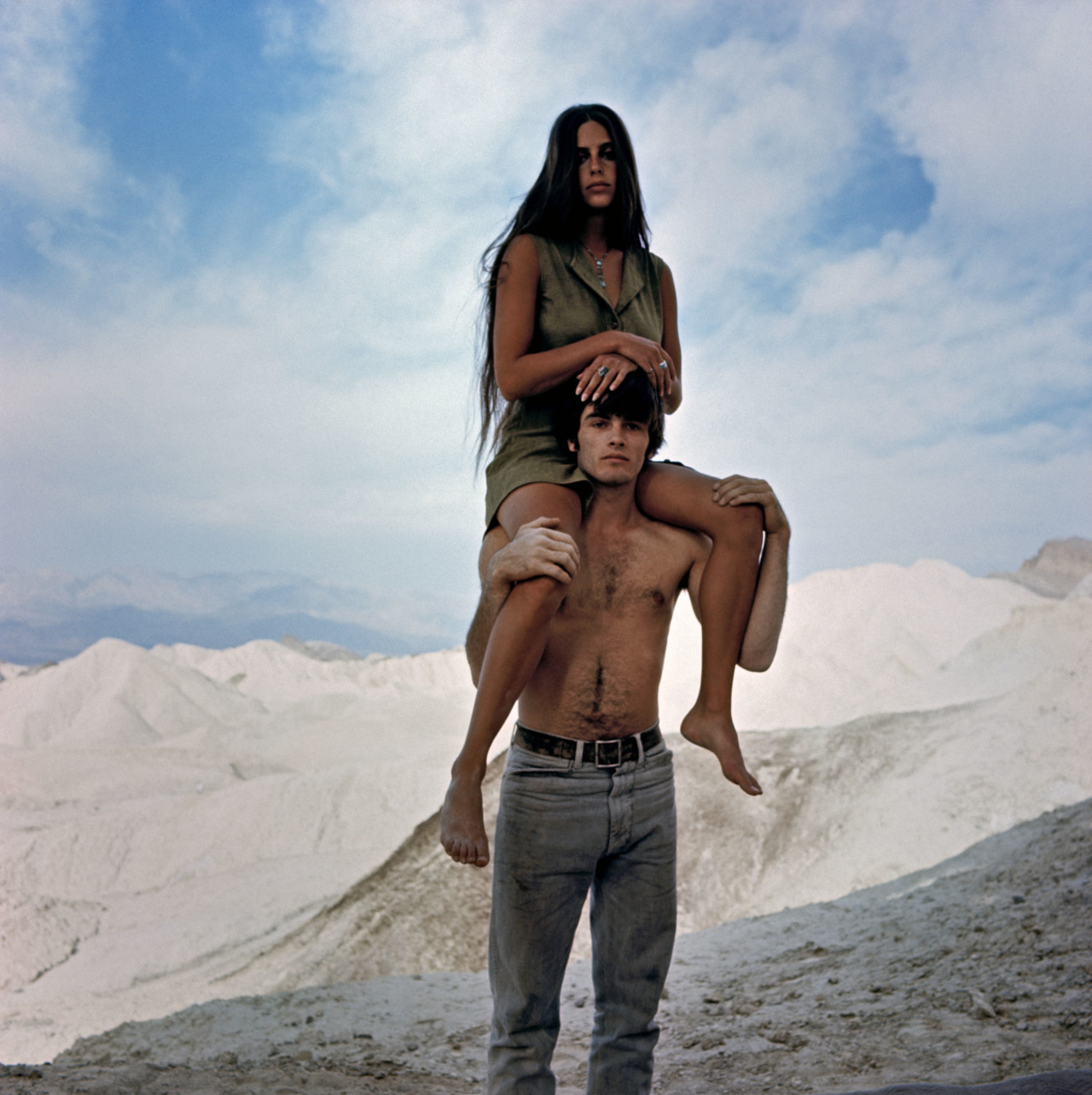
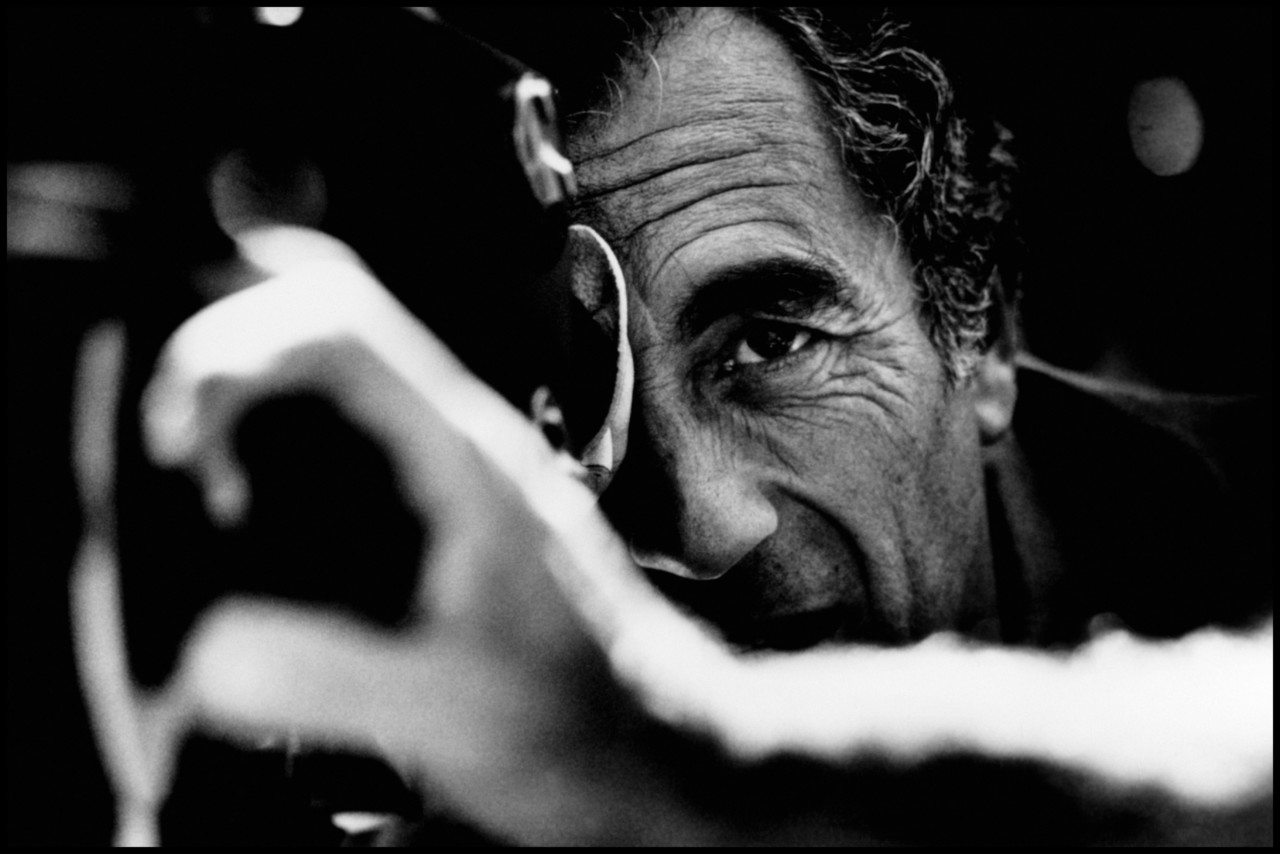
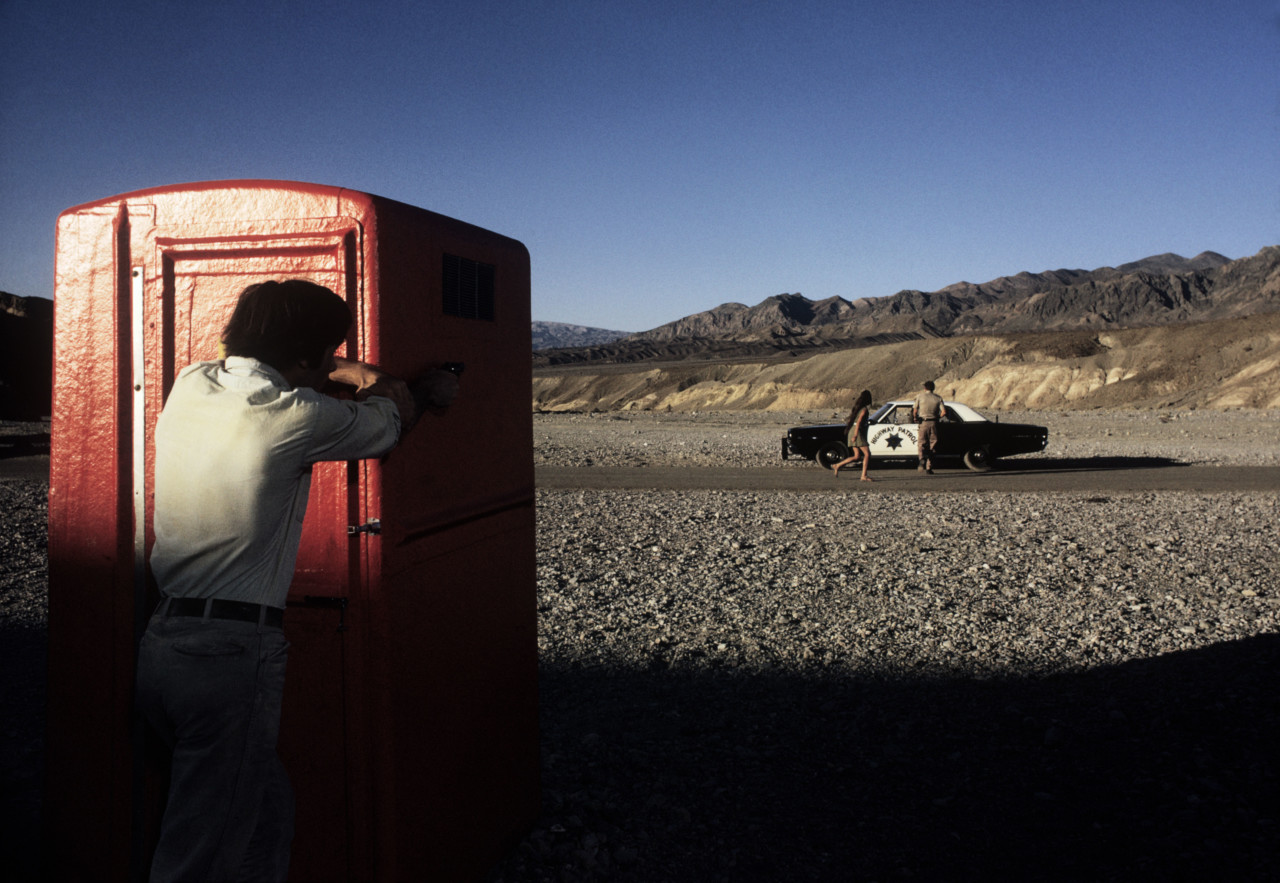

No comments:
Post a Comment